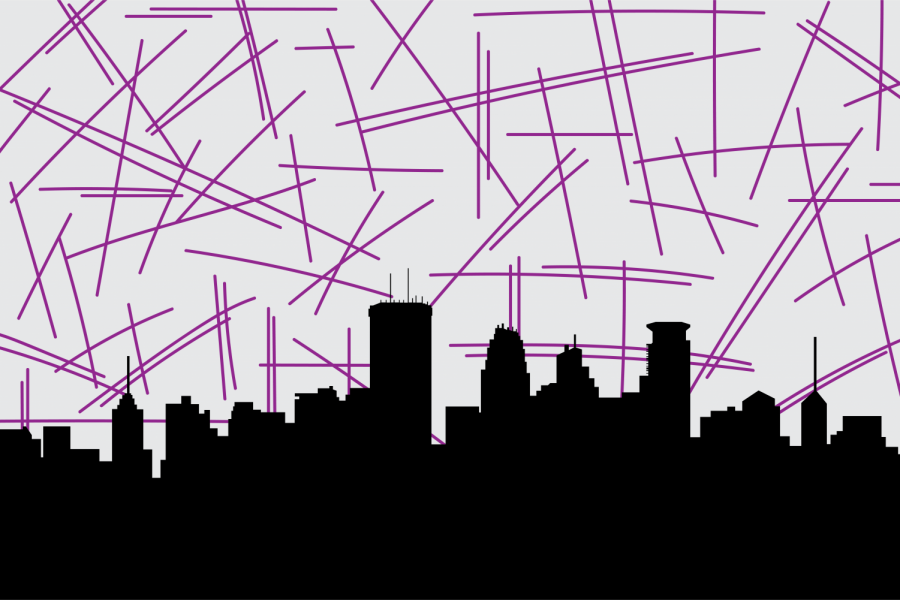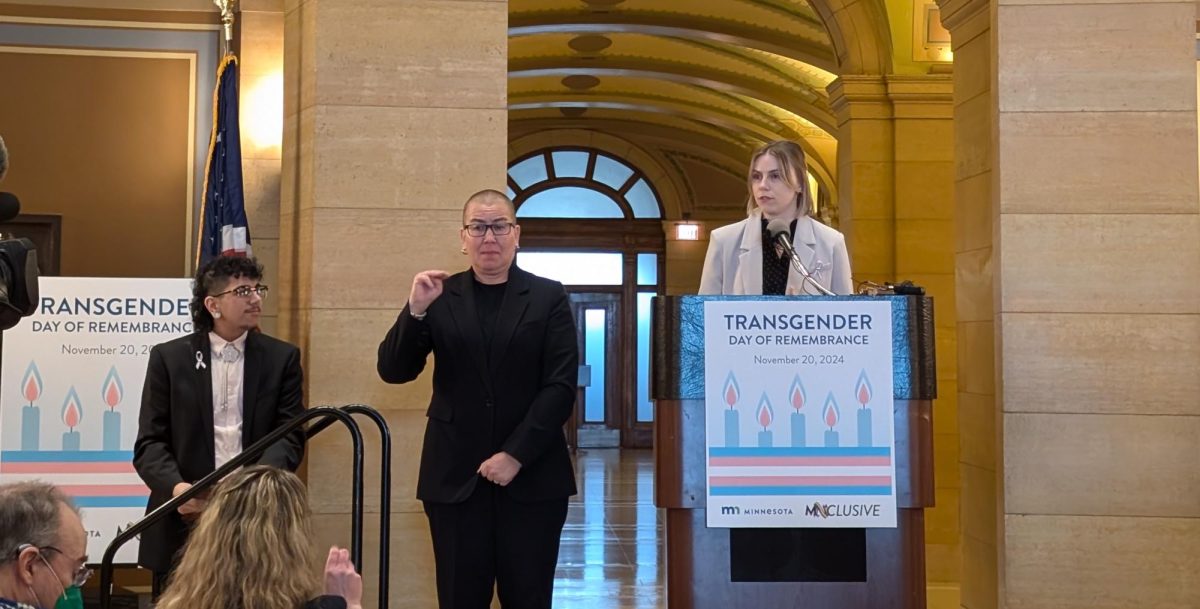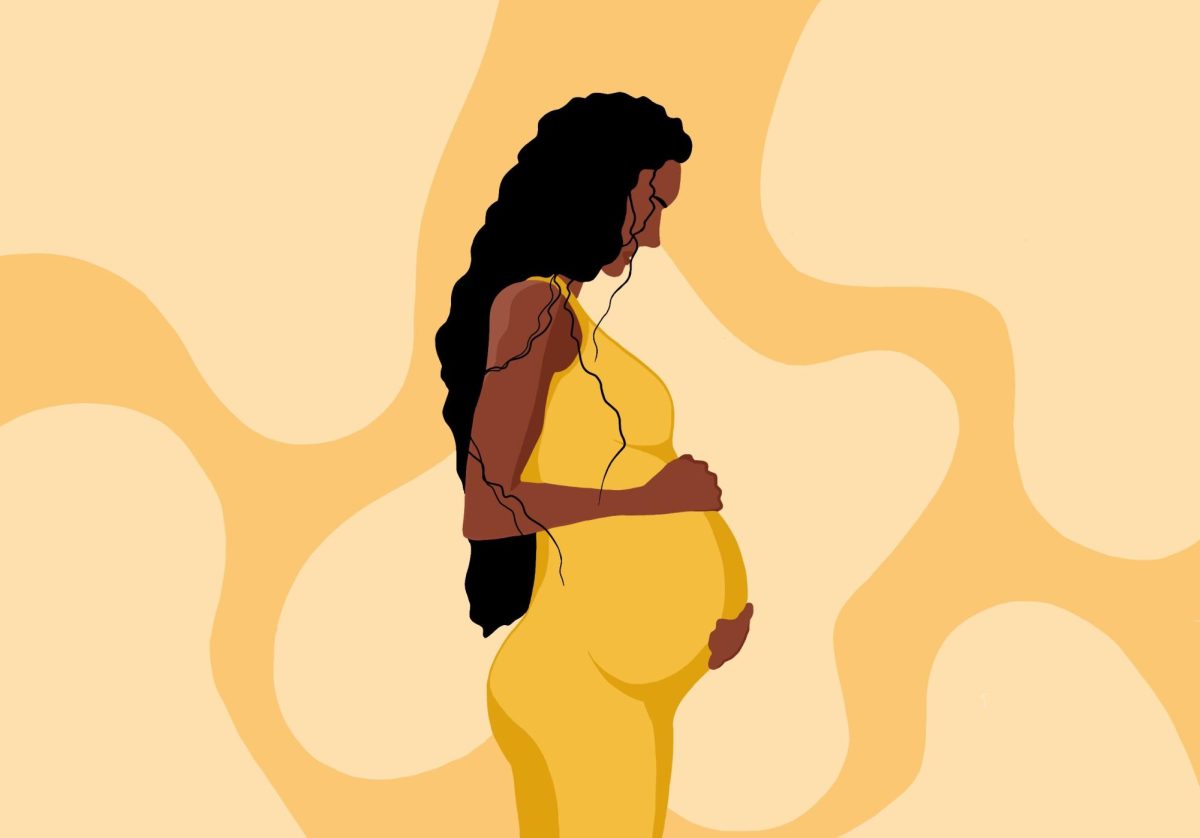Minneapolis is set to release its first draft of new City Council ward and park district maps Nov. 17, which could change how the University of Minnesota is represented in the 2023 election.
Census data collected last summer found Wards 2 and 3 are too big and will need to shrink, while five other wards, including Wards 1 and 6, will need to include more people.
Redistricting a growing city
The population of every ward in Minneapolis has to be within 5% of the average population of all the wards, according to redistricting project manager Gregory Munson. The final ward map must be approved by the commission by March 29, 2022, and will organize the city until 2030.
Wards must be less than twice as long as they are wide, Charter Commission Chair Barry Clegg said. Another important consideration is grouping together communities of interest, such as students and ethnic minorities so their Council member best represents them.
Munson said a communication team has been working to increase participation in this process and “have extended communication networks so that they can get the message out as far as possible.”
A city mapping tool called Districtr allows city residents to draw their own boundaries or comment on other published maps. A video explaining how to navigate the tool can be found here.
The redistricting process is led by a 15-member charter commission appointed by the chief judge of Hennepin County and advised by a 9-member advisory board appointed by the commission.
An abnormal year of data
During spring 2020, a stay-at-home order was in place, which restricted census collectors from going door-to-door, according to Minnesota State Demographer Susan Brower. Door knocking was delayed to July through October, so data was not released to the redistricting group until September 2021.
Because of the delay, City Council members will be reelected in two-year periods for the next two election cycles in November 2023 and 2025.
Minneapolis grew by about 12% from 2010 to 2020. Brower said Hennepin County has been outpacing growth projections for about 10 years.
Brower said some changes are due to a nationwide pattern of a younger generation moving downtown and creating demand for new housing and immigration that is “fueling growth” in the center cities.
Ward 3, which includes Marcy-Holmes, had the most dramatic population growth at about a 50% increase.
Brower said for most counties in Minnesota, there was a decline in the white, non-Hispanic population and an increase in populations of color. Minneapolis, in contrast, experienced 8% growth in the non-Hispanic white population and only 2% growth in the population of people of color.
Keeping communities together
Cedar-Riverside resident Kayseh Mohamud Magan applied to be on the redistricting advising committee after volunteering part-time to collect census data for 2020. He said he was surprised by the lack of diversity of members of the charter commission and involved himself to advocate for communities unrepresented in that group.
“There’s a lot of structural things that I can’t control, like the demographics of the people who are voting for this and the people who applied and how it’s not reflective of the city, but I’m hoping we could mitigate that by getting as many people to take part in the process as possible,” Magan said. Magan clarified that his comments reflected only his personal opinion and not the opinion of the redistricting committee.
Magan said he is concerned about participation in the redistricting process this year because all city meetings are being held online. He said for residents who do not have internet access or have a language barrier, this may prevent them from voicing their opinions.
Charter commission chair Barry Clegg agreed that diverse participation is important in preventing “cracking and packing,” which is splitting a community in different wards that, if united, could have won its own seat on the City Council.
Magan said former Ward 6 Council member Abdi Warsame was elected after the 2012 redistricting process because the ward was redrawn to unite more Somali American residents.
“If you engage in the process, you’re more likely to be satisfied,” Magan said. “Directly because of redistricting 10 years ago, we elected the first Somali American in the U.S. here in Minneapolis.”
Ethnic and racial groups are not the only communities of interest. The University campus is currently divided into four wards, and Magan and fellow redistricting advisory group member and University graduate student Jonathan Kim said it dilutes their power at the polls.
“If students were not paying attention, they should pay attention now because if you can get grouped in maybe two wards instead of four … that means even if you’re voting at a smaller percentage, your vote just doubled because you’re in fewer wards,” Magan said.
After reading a Minnesota Daily opinions piece about redistricting, Kim reached out to University student groups and offered to give a lecture on redistricting.
“I wanted to make sure that students were aware of the process, and that they had the opportunity to know that participation was welcomed,” Kim said.
Kim previously hosted a lecture for the Undergraduate Political Science Association (UPSA).
UPSA President Benjamin Hernandez said he thought the information Kim presented was “really valuable.”
“I think it’s easy for people, especially our age, to overlook the power that is found in local government,” Hernandez said. “We think that if students could be in one block together that would be really beneficial.”




















